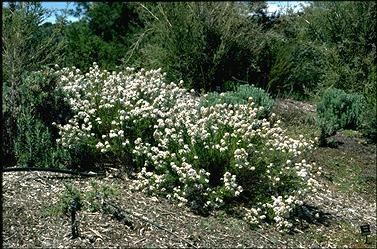Kingdom Plantae Family Asteraceae Genus Olearia Rank Species | Order Asterales Tribe Astereae Scientific name Olearia ramulosa | |
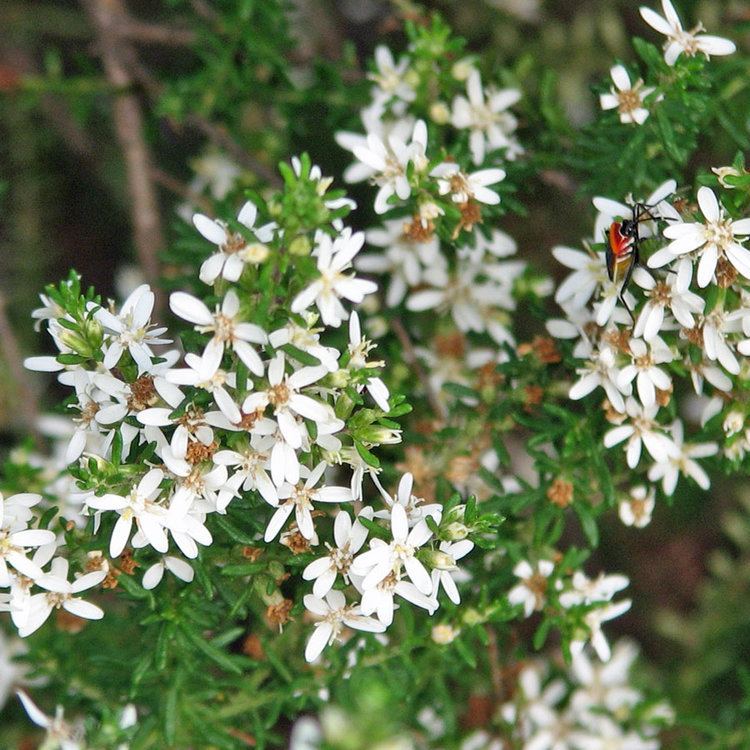 | ||
Similar Ozothamnus ferrugineus, Olearia lirata, Bursaria spinosa, Olearia axillaris, Daisy bush | ||
Olearia ramulosa, the twiggy daisy-bush, is a species of flowering plant in the family Asteraceae. It occurs in New South Wales, Victoria, South Australia and Tasmania.
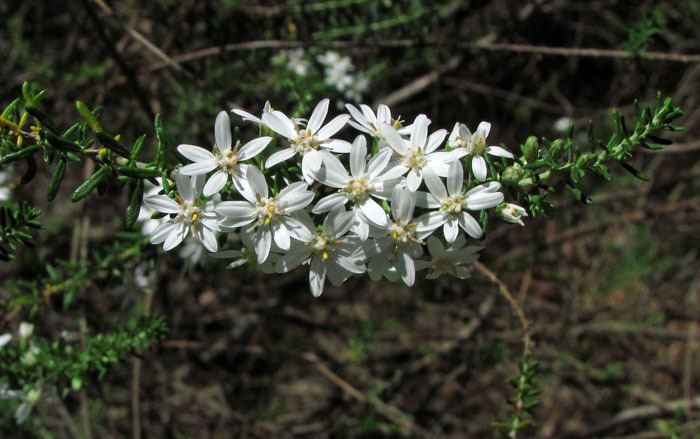
Jacques Labillardière described the twiggy daisy bush as Aster ramulosus in 1806, in volume 2 of his Novae Hollandiae Plantarum Specimen, from material collected in Tasmania. The species name, derived from the Latin rama "branch", means having many small branches. German botanist Christian Gottfried Daniel Nees von Esenbeck called it Diplostephium ramulosum in 1832, and Swiss botanist Augustin Pyramus de Candolle called it Eurybia ramulosa in 1836.
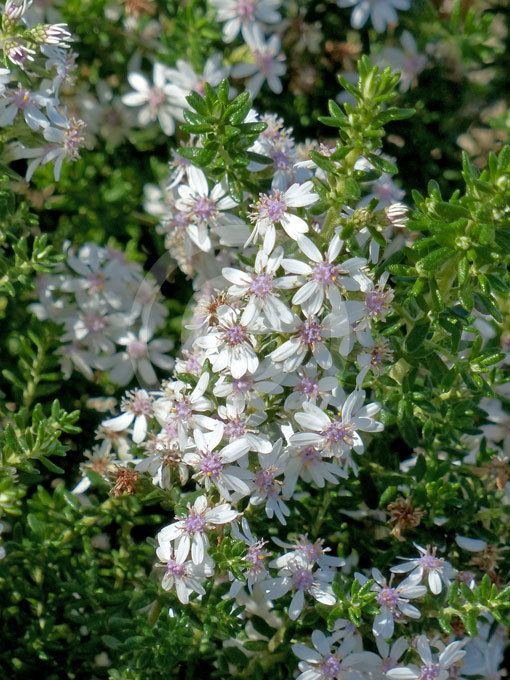
Alternative common names are oily bush and water cypress.
Olearia ramulosa is a shrub that reaches 1.6 m in height. The narrow leaves are alternately arranged along the stems and measure 2–8 mm long by 0.8–2.5 mm wide with entire margins. The flowers appear from October to May. The daisy-like flower heads are 1–2 cm in diameter, with 2–13 white or mauve rays and a central yellow disc. Flower heads can appear in great numbers and be highly conspicuous.
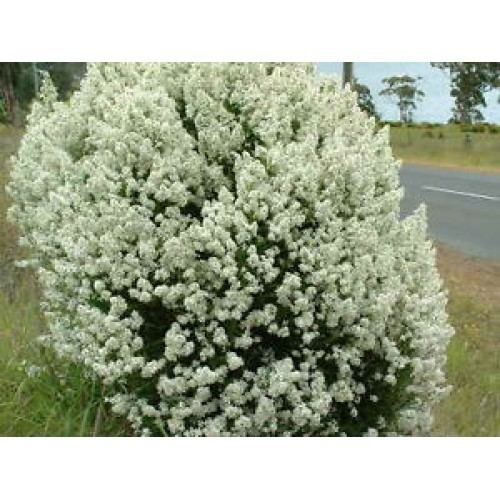
The plant is eaten by caterpillars of the moth species Amelora milvaria. Bees, beetles, and less commonly flies and wasps have been recorded visiting flowers in a Tasmanian field study.

Olearia ramulosa can be propagated by seeds or cuttings of new growth that has hardened. It can be grown in dry or temperate climates and is frost-hardy in sunny or part-shaded spots. Pruning can invigorate it and it can be grown as a low hedge.
